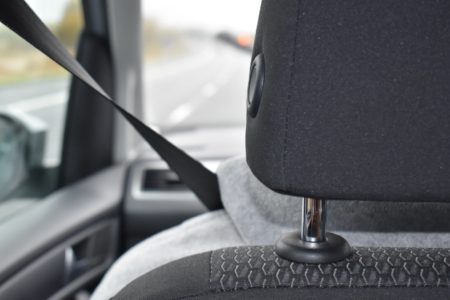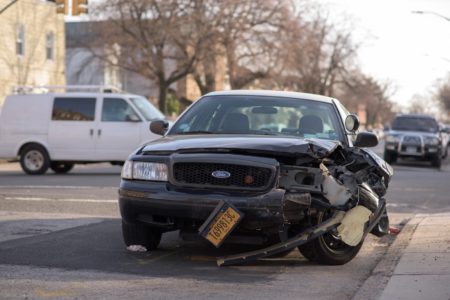
By Sean Williamson
Drivers don’t think critically about every decision they make. Our brains are constantly registering information – faster than we can consciously process it. This is necessary and helpful due to the number of decisions needed to be made. In some instances, however, we make decisions about our surroundings that are not based in facts. A ‘false positive’ is when your vision is blocked – by a truck, some bushes, a house or some other obstruction – and your brain registers that there’s nothing there because you don’t see anything.
This faulty information can lead to a collision if you move into the path of on oncoming vehicle because you don’t see it. It is also a common problem in parking lots, where people seem to emerge from behind cars because they were hidden from view until they stepped into the path of a moving vehicle.
You can train yourself to distinguish between when there is truly nothing there and when you just can’t see if there’s anything there. This can be accomplished by being conscious of this information and treating these scenarios with proactive thinking and action until the brain is trained to approach these situations with more caution.




